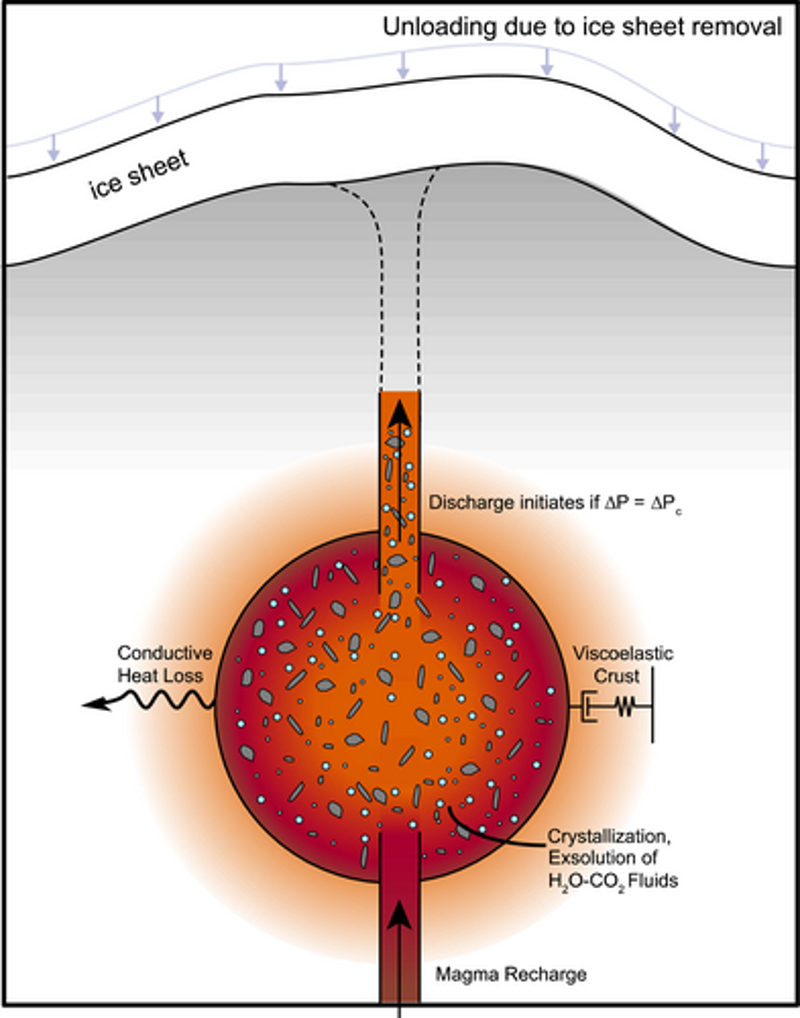
Sign up for daily news updates from CleanTechnica on email. Or follow us on Google News!
Climate scientists are hampered in their work by a lack of data, which means the picture they see is seriously lacking in detail. It’s like trying to describe a glacier in Antarctica to someone who has never seen one before while wearing night vision goggles. In an article in the current edition of The Atlantic magazine, Zoë Shlanger writes, “We still don’t really know what’s coming. Some places are warming with more ferocity than expected. Extreme events are taking scientists by surprise. Right now, as the bald reality of climate change bears down on human life, scientists are seeing more clearly the limits of our ability to predict the exact future we face. The coming decades may be far worse, and far weirder, than the best models anticipated.”
Today’s climate models accurately describe the broad strokes of Earth’s future, she says, but scientists are noticing unsettling mismatches between some of their predictions and real outcomes. Kai Kornhuber, a climate scientist at Columbia University, and his colleagues recently found that, on every continent except Antarctica, certain regions showed up as mysterious hot spots, suffering repeated heat waves worse than what any model could predict or explain. Across places where a third of humanity lives, actual daily temperature records are outpacing model predictions and a global jump in temperature that lasted from mid-2023 to this past June remains largely unexplained. We humans are like cave dwellers who see the outside world only as shadows on the wall.
Volcanoes In Antarctica

The latest example of how little we know about the physical world is taking place in Antarctica, a continent with more than 100 volcanoes, many of them buried under a mile or more of ice. According to the latest research by Allie Coonin of Brown University and her colleagues, as that ice melts, the weight of the glaciers on the land below is reduced. Though it may seem counter-intuitive, the Earth has a certain amount of elasticity. When the weight of the glaciers decreases, the thinning of ice sheets reduces pressure on magma chambers below the surface, causing the compressed magma to expand. This expansion increases pressure on magma chamber walls and can lead to eruptions.
Some magma chambers also hold copious amounts of volatile gases, which are normally dissolved into the magma. As the magma cools and when overburden pressure reduces, those gases rush out of solution like carbonation out of a newly opened bottle of soda, increasing the pressure in the magma chamber. This pressure means that melting ice can contribute to the onset of an eruption from a sub-glacial volcano. Eruptions of sub-glacial volcanoes may not be visible on the surface, but they can have consequences for the ice sheet. Heat from these eruptions can increase ice melting deep below the surface and weaken the overlying ice sheet, potentially leading to a feedback loop of reduced pressure on the surface above and further volcanic eruptions below.
The findings from Coonin’s research, published recently in Geochemistry, Geophysics, Geosystems, suggests that mass unloading due to melting of Antarctic ice sheets — known as isostatic rebound — is triggering more frequent eruptions of greater magnitude in the West Antarctic Rift System, one of Earth’s largest volcanic provinces. The researchers stress that this process is slow, taking place over hundreds of years. But that means the phenomenon the researchers suggest might happen could continue even if the world curtails anthropogenic warming. Antarctica’s ice sheet was much thicker during the last ice age, and it is possible that the same process of unloading and expansion of magma and gas may have contributed to past eruptions.
Two Planetary Cycles Studied
As part of their research, Coonin and her colleagues investigated the interaction between glaciation and volcano activity over the last two planetary glacial cycles, which occurred within the last 150,000 years. But such research tools didn’t exist, so they created their own by using a thermo-mechanical magma chamber model to simulate a shrinking West Antarctic Ice Sheet. Then they simulated specific decreases in the pressure exerted on the underlying rocks and magma chamber. That allowed them to explore how the reduction of pressure would allow the magma chamber to expand in volume, leading to over-pressurization and expulsion of volatile materials from basalt magmas which would lead to future eruptions. Exploring magma chambers of different sizes, the research team found that the larger the magma chamber, the more susceptible it was to the effects of ice mass unloading.
Their investigation showed that the rate of unloading is the critical factor, with the highest rate of ice loss investigated being 3 meters per year. In addition, when testing magma chambers with fewer volatile compounds, the scientists identified that ice mass unloading sped up the first volcanic eruption by up to hundreds of years. To test their findings, Coonin and colleagues turned to volcanic deposits from the Andes mountains in South America. Here, the Patagonian ice sheet grew to 1,600 meters thick on top of the Southern Volcanic Zone 18,000 to 35,000 years ago. They identified a correlation between ice mass unloading during deglaciation at the end of the Last Glacial Maximum 18,000 years ago with increased volcanic activity from the Calbuco, Mocho-Choshuenco, and Puyehue-Cordon Caulle volcanoes.
Such unloading-induced volcanic activity can create a positive feedback loop — an eruption melts more ice, which could then trigger another eruption. In particular, the West Antarctic Ice Sheet is grounded below sea level, so as sea level rises due to the melting ice, it becomes further submerged and accelerates the retreat of the ice sheet. Complicating matters even more are the impacts of rising carbon dioxide levels causing global warming and ice albedo feedbacks, in which melting ice sheets reduce the amount of incoming solar radiation reflected back out to space, which warms the atmosphere and exacerbates melting.
Environmental Overshoot
The researchers note that even if anthropogenic warming ceased immediately, the effects of ice mass unloading that the West Antarctic Rift System has already experienced will still affect volcanic behavior here for thousands of years to come. Therefore, understanding the sensitivity of this ice mass unloading of the West Antarctic Ice Sheet on magma chambers has important implications for being able to accurately predict future consequences on Earth’s interconnected geological systems. In other words, scientists now have a new tool to interpret those shadows on the walls of the cave we humans inhabit — a cave that is formed by our attitudes and beliefs. We have the power to step outside and see the world as it is, but that is something most are unwilling to attempt.
The scientific community is busy inventing new tools so we can interpret the changes happening to our environment more accurately, but if people reject those tools and the research results they produce, the new knowledge we have at our disposal will not affect our behavior in any significant way. What a waste if we are able to see how human activity affects our environment but choose not to act upon that knowledge because it does not align with our beliefs. As Mark Twain observed, “What you don’t know won’t hurt you near as much as what you do know that ain’t true.”

Chip in a few dollars a month to help support independent cleantech coverage that helps to accelerate the cleantech revolution!
Have a tip for CleanTechnica? Want to advertise? Want to suggest a guest for our CleanTech Talk podcast? Contact us here.
Sign up for our daily newsletter for 15 new cleantech stories a day. Or sign up for our weekly one if daily is too frequent.
CleanTechnica uses affiliate links. See our policy here.
CleanTechnica’s Comment Policy



